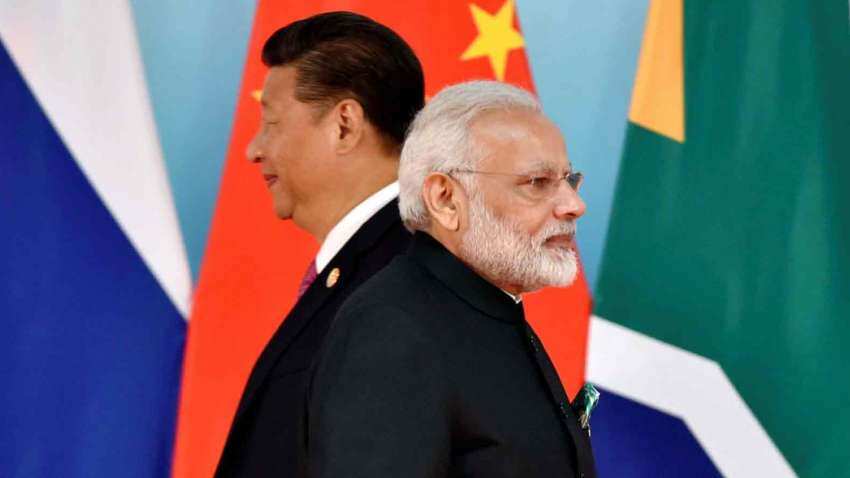Rebalancing US, Russia and China—How India is forging its own path in multipolar world, Morgan Stanley decodes

In this multipolar world, India is forging its own path by securing its interests by siding both with Russia and joining Western alliances, such as the Quadrilateral Security Dialogue, alongside the United States, Australia, and Japan, says Morgan Stanley in its report on emerging markets.
"From Brussels to Tokyo to Washington, governments are determined to lower their dependence on Beijing," it underlined.
Explaining it by an example, it said It was a difficult balancing act for New Delhi when it decided to abstain from the 15-nation UN security council vote to condemn Vladimir Putin’s invasion of Ukraine. The stance was clear that Delhi didn’t want to alienate Russia, an important historical friend, which supplies 46% of its military equipment, without also antagonizing the U.S., its largest trading partner.
The global brokerage feels India's geographical stance makes economic condition of the country favuorable for a decade.
However, it feels the India is yet to realise the kind of industrial transformation that turned countries like China and South Korea into miracle economies by building their manufacturing capabilities.
But this is changing with the government's efforts to actively incentivize large scale manufacturing capacities through production linked incentive (PLI) schemes. "India’s economic growth was led by services unlike the Asian tigers. PLI schemes have attracted interest across 14 sectors including automobiles, solar panels, and advanced batteries. Buoyed by the government’s PLI scheme, India now is an exporter of mobile phones," it underlined.
India Vs China
Delhi is also focusing on import substitution in manufacturing to enhance domestic capacity and reduce external dependence. "As firms everywhere reconfigure supply chains to lessen their reliance on China, India has an opportunity to increase its manufacturing, helped by a $26 billion subsidy scheme.
As per Morgan Stanely, while India has been reducing dependence on China and working on generating employment, China struggles with working-age population, which has been decreasing .
"Emerging sectors such as aerospace, semiconductors, and renewables should help increase youth employment. The reform measures are starting to pay off. The “Make in India” initiative encourages both foreign and domestic investment in the manufacturing sector; “Smart Cities” aims to eradicate urban squalor and “Digital India” targets an overhaul of government services with electronic identity, digital payments, and bank accounts," it said.
On the contrast, China’s economy is slowing down, faced with a shrinking workforce, industrial overcapacity, a floundering property market, a mountain of debt and renewed COVID lockdowns.
Speaking on status of the real estate in the two countries, it said while investment to GDP ratio in India hovers at 30%, China’s has peaked at 45% and a big share of that is real estate investment. The real estate sector accounts for around 29% of GDP in China, more than double the ratio in India, according to IMF economist Yuanchen Yang.
The working-age population in China is now shrinking, which will further erode the demand for housing over the coming years hurting future growth, it said.
"The reverse holds in India. After being in doldrums for the past 3 years, India’s real estate sector is set to recover. As more of India’s population heads to the cities, demand for housing increases," said the brokerage.
Get Latest Business News, Stock Market Updates and Videos; Check your tax outgo through Income Tax Calculator and save money through our Personal Finance coverage. Check Business Breaking News Live on Zee Business Twitter and Facebook. Subscribe on YouTube.
RECOMMENDED STORIES
05:43 PM IST










